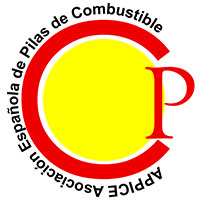INTRODUCTION
In general, fuel cells can be classified according to different criteria, such as the type of fuel and oxidant used; the place where the fuel processing is carried out, inside or outside the cell; the type of electrolyte; the operating temperature; the feeding system of the reagents, etc. The classification commonly used is according to the type of electrolyte they use and for which they are called (see table). The physical-chemical and thermal properties of the electrolyte determine the operating temperature of the fuel cell, and with it the materials that can be used for its construction, their lifespan, and the gases used as fuels.
[supsystic-tables id=2]

